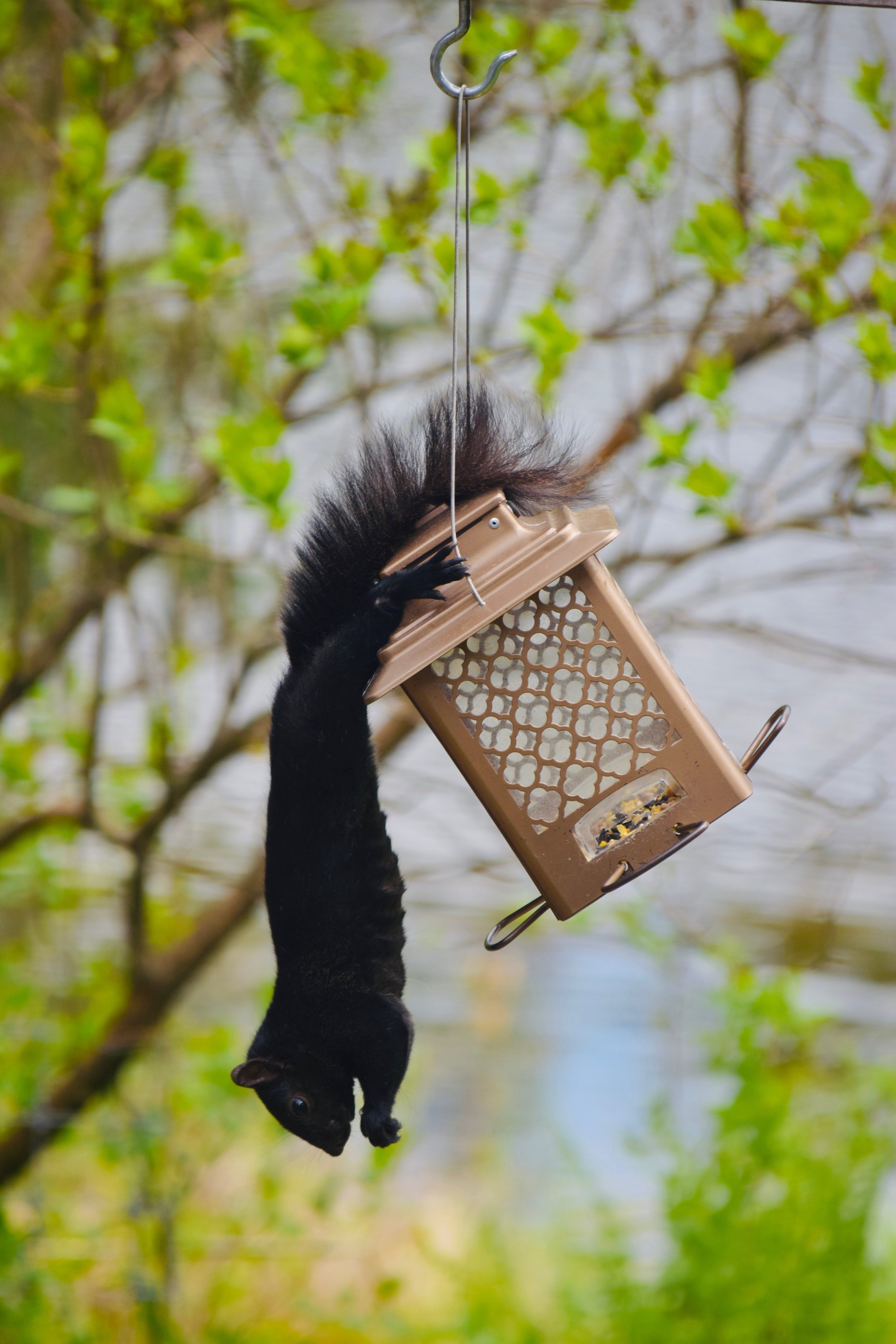Wildlife Rescues
As a Québec Fish and Wildlife licensed rehabilitation facility, it is the Cushing family’s ‘raison d'être’ to mitigate the impact humans have on injured, displaced or orphaned animals. In the mid 1990’s, they built a facility dedicated to the rehabilitation of birds of prey called Cushing Mews.
In the 2000’s, the centre was licensed to rehabilitate all wild animals. It is their passion, dedication and service to animals that sets them apart from other outdoor education schools. Cushing Mews is still one of the only birds of prey facilities in Québec caring for eagles, hawks and owls.
Whisper
Female Barred Owl
Born at Earth Studies
Released in 2014
She's the offspring of two of our rescues. Her mother couldn't take proper care of her because of an old injury. As a result, Derek started raising her when she was 4 days old. We released Whisper with her mother in 2014. They still fly in every night for supplemental food.
Wageena
Bald Eagle
Brought in 2008
In the nest, a sibling eagle clipped her right wing somehow and Wageena could not fly. She was brought to us at less than a year old. Bald Eagles take between 4-5 years of moulting to attain their adult plumage of a white, neck and tail feathers.
Archimedes
Snowy Owl
Brought in 2009
Hit by a vehicle, Archimedes had to have a tip of his wing amputated. He is a permanent education bird. Snowy Owls live in the Arctic tundra, and occasionally venture south into the Ottawa area. In 2014, CTV news published that more and more of the birds are venturing down, farther south than usual, into our capital. This was been driven by an extremely successful breeding season in the north – the large numbers push some birds south in an irruption, or a migration into unusual areas.
Heart
Ferruginous hawk
Brought in 1994 and born in 1992
Captivity born
Permanent education animal
Koda
Black Bear
One of our bear cubs a few years ago. Hunters can often mistakenly shoot a mother bear orphaning her cubs. Our wildlife centre was able to rescue and release Koda back to the wild. He is one of many success stories.
Apache
Black Bear
Another orphaned Black Bear. Apache's mother was shot by a hunter. She was later found by a family in an apple tree. The Québec Fish & Wildlife had to set up a fireman's net to expel her from the tree. In the wild, bears live with their mothers for two years before they are able to survive on their own. We taught Apache which foods to eat like her mother would have. Apache lived with us through the winter and was released with another bear, Thor, in 2008.


















